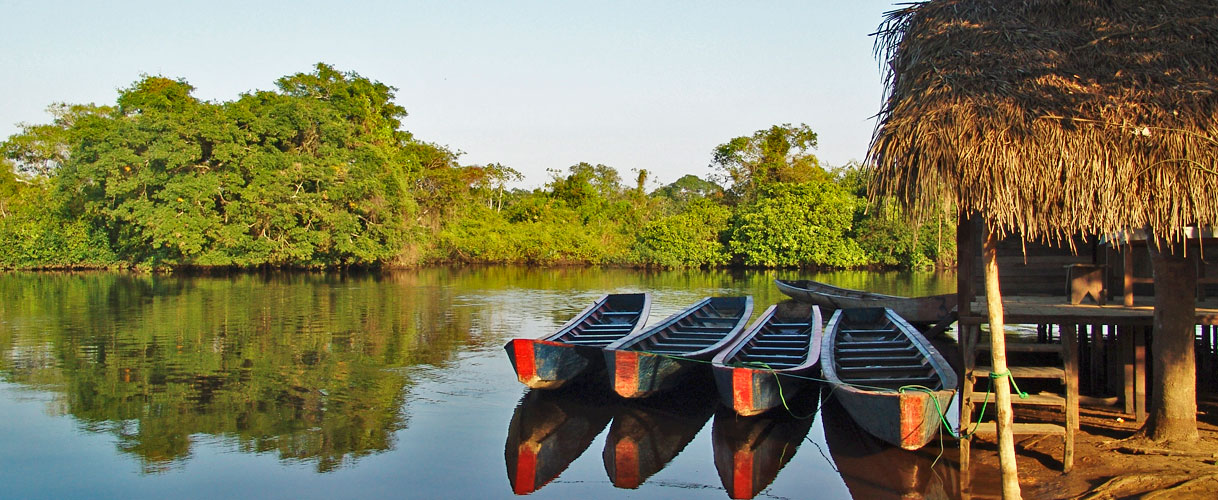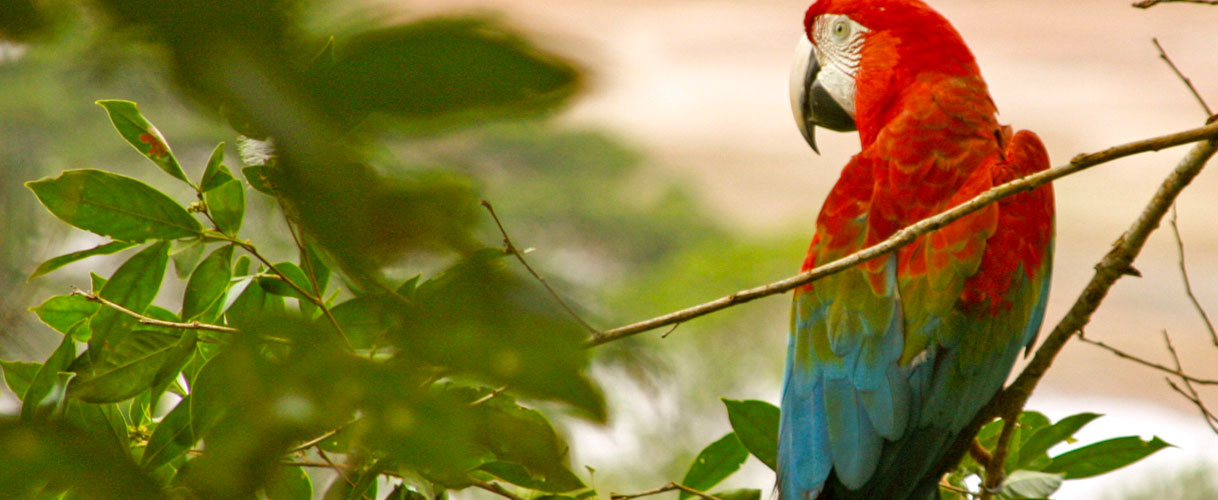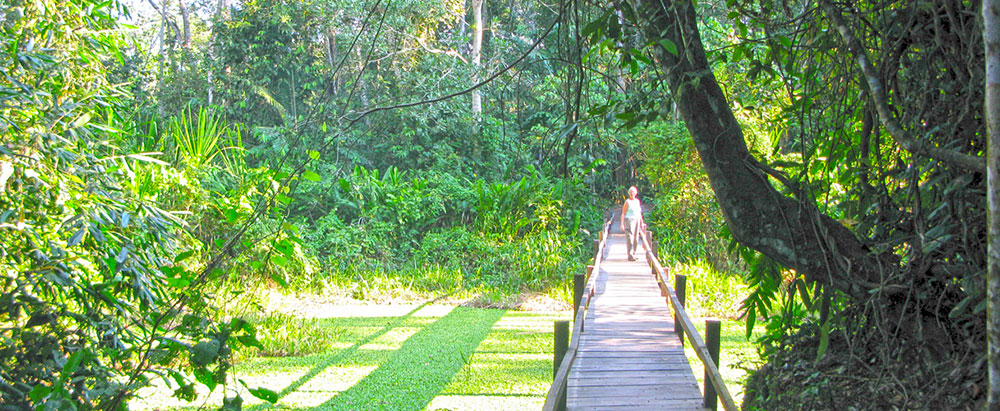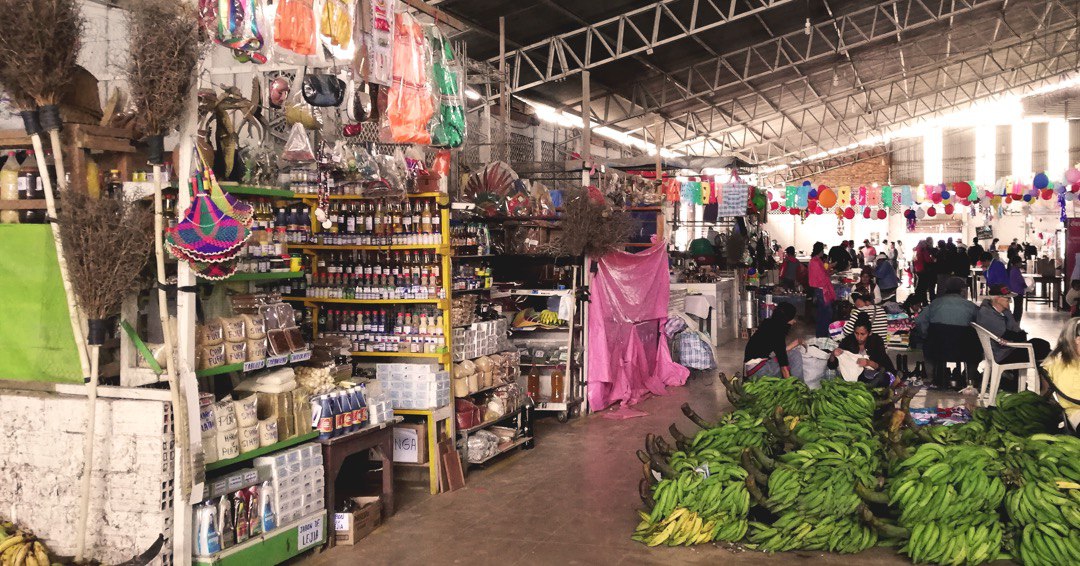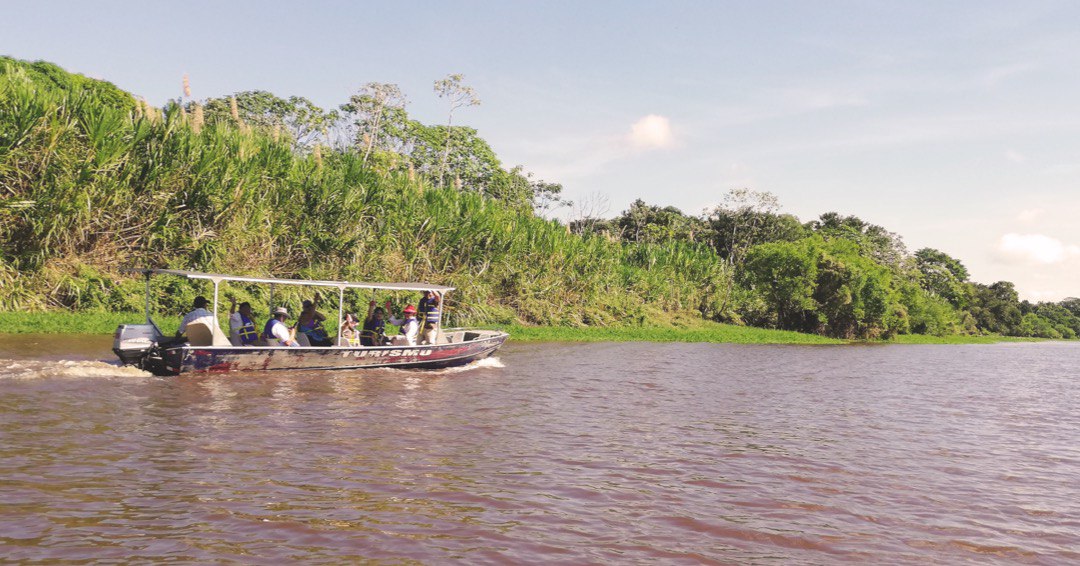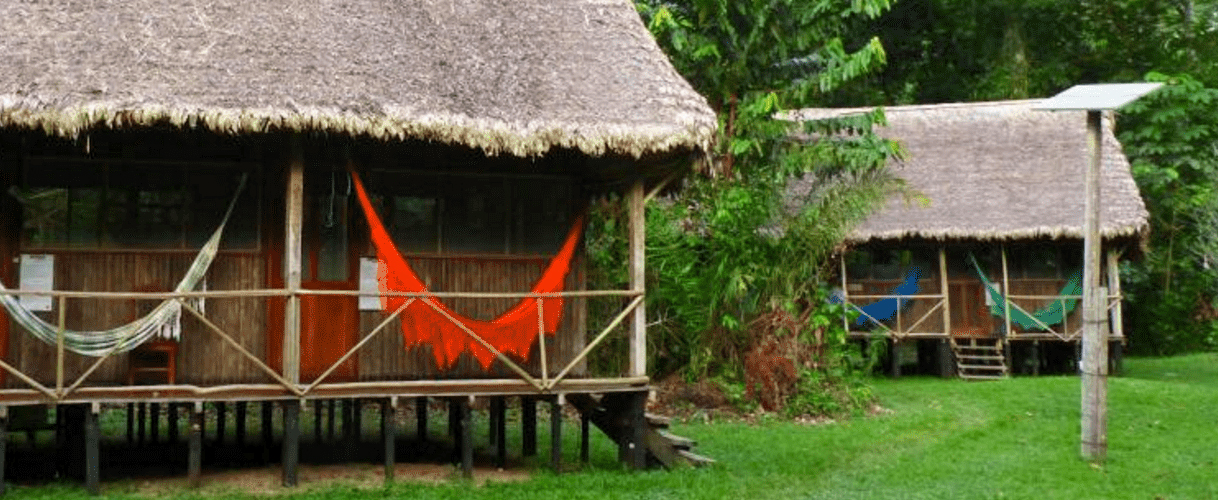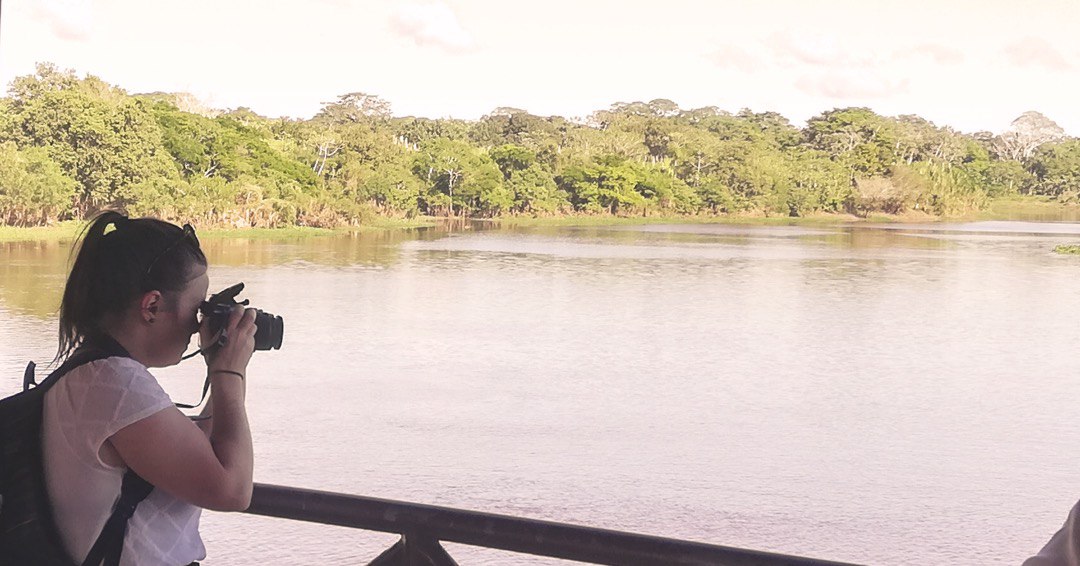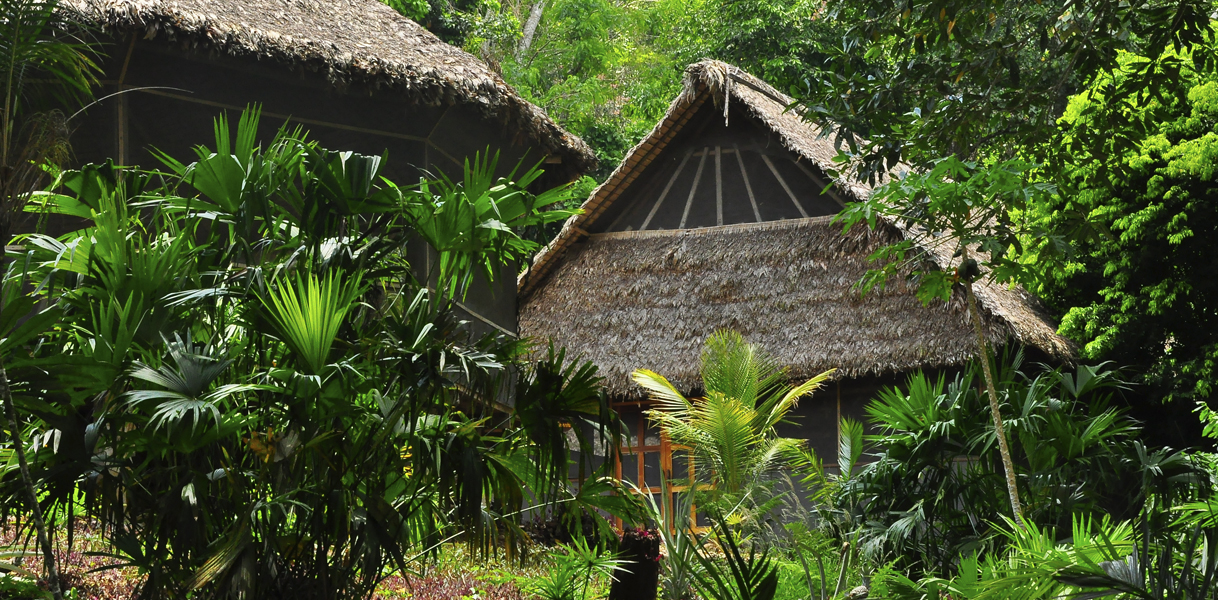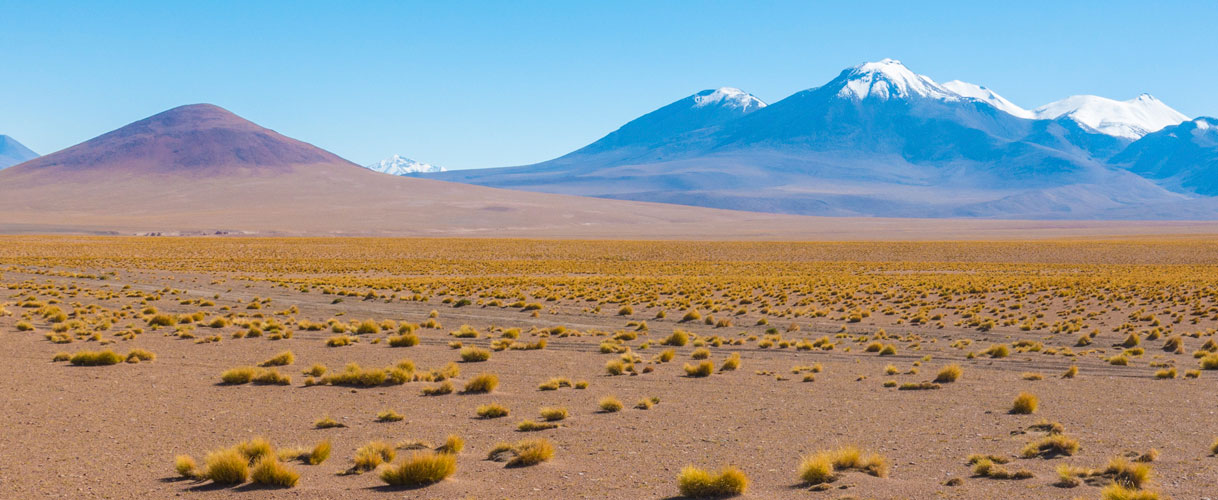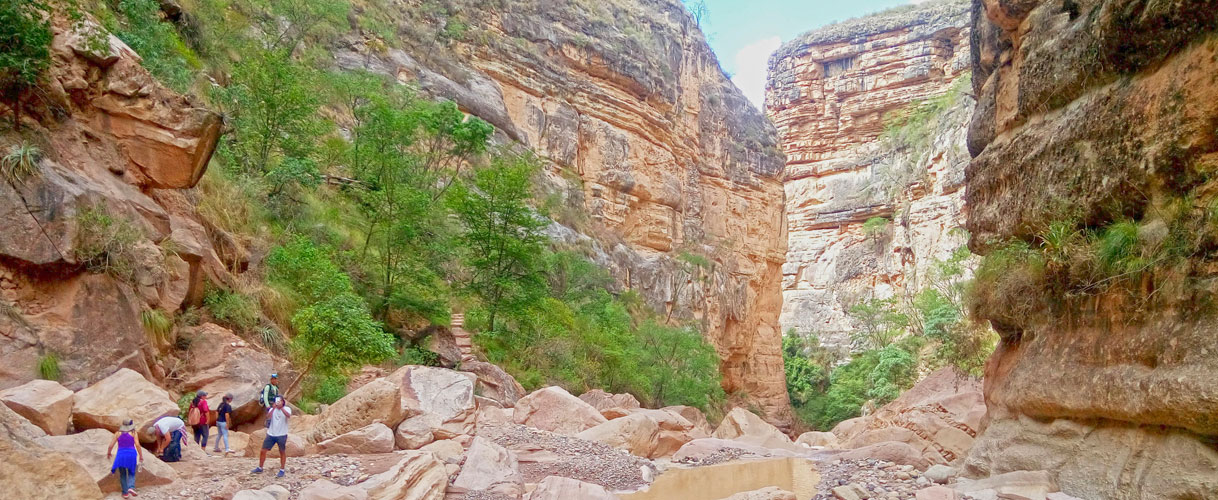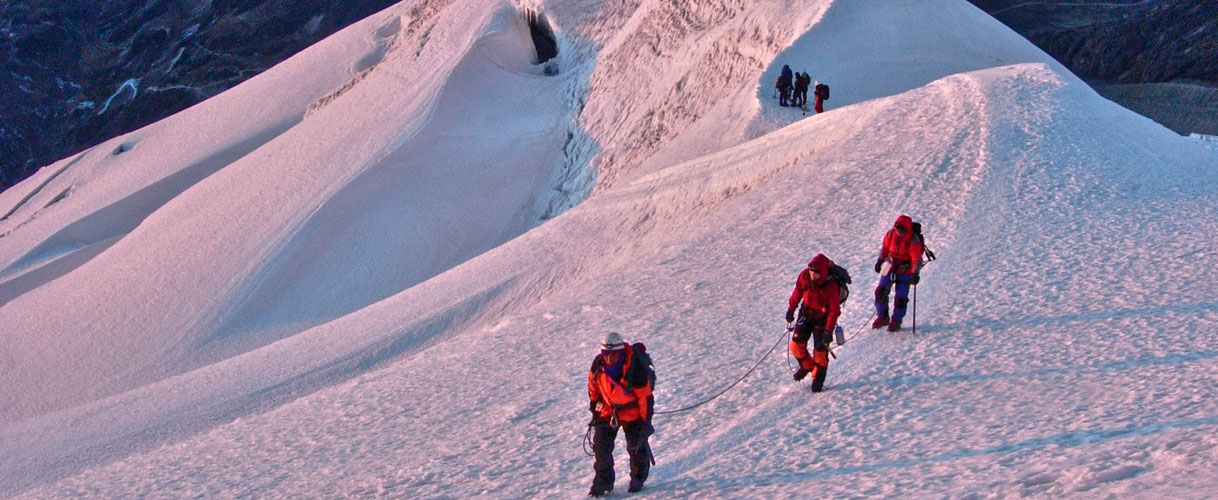Amazon Jungle Adventure
From Rurrenabaque: Madidi Park and the Pampas of the Yacuma and from Trinidad: Pink River Dolphin Route
3 to 6 days programs
The Amazonia comprises the tropical rainforest of the Amazon basin. This Amazonian jungle is the largest tropical forest in the world. The Bolivian Amazon jungle makes up approximately 35% of the national territory with areas of natural forest with abundant biodiversity. Among the most important destinations of the area we have Madidi National Park and the Municipal Reserve of Pampas of Yacuma River.
MADIDI PARK AND THE PAMPAS OF THE YACUMA RIVER
National Park and Natural Area of integrated Management “Madidi” is a destination of incomparable natural beauty where 3,235 species coexist in perfect harmony with humans and Mother Nature.
It is a breathtakingly beautiful park which allows visitors coming back repeatedly as bewitched by the charm of the Bolivian Amazonian tropics.
To strengthen the attractiveness of the Bolivian tourist area and in coordination with community projects of the Tacana and Makawa Ethnic groups, in partnership with the Enterprise Mashaquipe, it is proceeding with the implementation of ecotourism hotels in Madidi, Ixiamas and Pampas del Yacuma. That way the government is supporting communities to seize the natural reserves of our country.
Moreover, the Municipal Reserve Pampas del Yacuma is one of the most visited tourist destinations in Bolivia, for its unique fauna and flora in the world. In this place it is supporting the hostel Las Tortugas, unique in the world for its direct relationship with the animal species of the Bolivian Amazon.
You can access to these adventure destinations of ‘Jungle and Pampas’ through the town of Rurrenabaque which is 50 minutes away from La Paz by plane.

TRINIDAD AND THE BUFEO ROUTE
Trinidad was the second native reduction formed by the Jesuits in Moxos. This city is surrounded by rivers, plains and wetlands, found in most part of the Beni area. These ecosystems constitute a vast eco region, the largest in the Amazon basin and the bird largest in South America. Wet savannas dominate the landscape, which is both historically and geographically unique. These savannas are surrounded and interrupted by different types of forests and large swamps, which retain water year-round. The diverse vegetation of the area resembles a natural mosaic.
Trinidad is a centre of communication and is accessible by land, air or river. Departing from here, all parts of the region are within reach. The city has banks and financial services, also ATM’s.

Trinidad is a warm city with tropical weather its average annual temperature is 27º C, with sudden but short drops during winter time (June, July and August).
The “Jorge Henrich” airport is located 2 km from the city, and it has a Bus Terminal, there are buses departing to Santa Cruz and also to the north: Guayamerin, Riberalta and Cachuela Esperanza, going though San Ignacio, San Borja Yucumo, Rurrenabaque, Reyes and Santa Rosa del Yacuma.
This city has a diverse gastronomy, some typical dishes are “majadito”, “charque locro”, keperi, surubí and pacú, fried “charque”, rice bread, corn pasty, “cuñapé”, and others.
Best Places to Visit
Few cites are as close to nature as Trinidad. A ten minute walk in any direction from the downtown will put you in the midst of it.

The Bufeo´s Route - The Bolivian Pink Dolphin (Inia Boliviensis)
This activity allows the observation of the "bufeo" (Inia Boliviensis), an endemic and unique species in the world, this cetacean lives in the Ibare and Mamoré rivers, belonging to the Amazon basin of Bolivia.
During the tour you will be able to visit towns near the Amazon rivers such as Puerto Ballivián, which is only a few minutes far from the city of Trinidad on the Ibare River, from this point you will enter the Ibare - Mamoré Protected Area.
The motorized boat ride across the Ibare River, it is a fascinating experience of observing the local fauna, until reaching the Mamoré River, the largest river in Bolivia.
In this area you can see the "bufeos", if you want you can dive into the river and swim near them!
Another small town to visit is Loma Suarez, which has a Historical Center, and finally we will visit the indigenous community of San Carlos where the largest forest monument in the Park is located: El Mapajo, the giant tree of the Amazon.
“Reina del ENIN” Flotel
Sail on a comfortable Flotel (floating hotel), across the Ibare and Mamore rivers, and be escorted by the unique river dolphins. These trips may last between 3 to 7 days, and include the following activities: swimming with river dolphins, watching emblematic Amazonian animals, visiting communities, night walks for caiman watching trekking and lagoon fishing.

The Cathedral: is located south of the Main Square. It features a neo-romantic style, with two high towers in the main structure, and it was designed by the Spanish architect Martin Pascual.
“Kenneth Lee” Etnoarcheological Museum: This museum features utilitarian ceramics of the Moxos Hydraulic Culture. This collection provides a window into the impressive hydraulic complex that distinguished this water – centric culture.
Ichthyology Museum: This museum holds more than 400 samples of species from the Bolivian Amazon. It is considered the third major South American museum of kind.

Moxos Handicraft Center: Here you will find different types of local hand-made fabrics, wood carving, native seeds necklaces and typical clothing.
Pantanal Park – (Serpentarium): The Swamp Park (Pantanal) is a green area, specially constructed to appreciate the Benian landscape on a small–scale. There are ponds to admire the beautiful and unique Victoria Regia, an aquatic plant. This urban park holds a serpentarium, where you will find an enormous nine-meter anaconda (eunectes murinus).
Suarez Lagoon: This artificial lagoon was declared a Natural Ecological Heritage. It is located 5km from the downtown area. Food and recreational services are available at the various resorts around the lagoon.
The harbors located at the Ibare and Mamore riverbanks are full of natural charm. Here it is possible to admire the beautiful native landscape, and taste the delicious and abundant fish from these rivers Puerto Almacen, Puerto Ballivián, Puerto Varador y Loma Suárez.
At the Chuchini Touristic Center you will be in touch with the past through ancient handmade artifacts that were recovered here.

Recommendations
- Bring light clothes, cotton and non dark clothing.
- It is recommended to wear long sleeves and cap or hat, because the sunlight is very intense.
- Don’t forget to carry sun protector, especially if you’re going to visit Suárez Lagoon or any of the nearby rivers.
- Don’t forget to bring mosquito repellent, especially if you’re coming during rain season (January to Mach)
